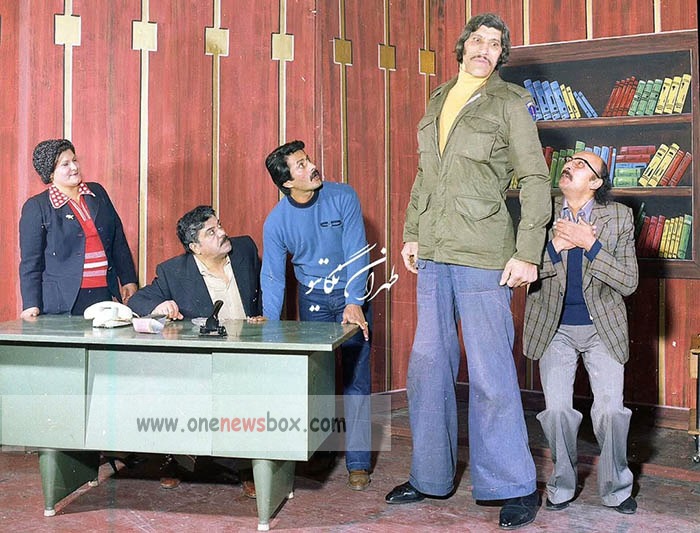The group’s formation was warmly welcomed by intellectual and literary circles. For many writers and thinkers, this was the long-awaited step toward building a true Iranian national theater.
4. Intellectual and Audience Reception
4.1 The Role of Intellectual Circles
Iranian intellectuals of the 1940s regarded theater as a powerful vehicle for cultural modernization. Writers, poets, and critics engaged with the productions, offering reviews and discussions in literary magazines. They saw in theater the possibility of bridging the gap between high literature and popular culture.
4.2 Audiences’ Motivations
As noted earlier, audiences approached theater with diverse motivations. Political plays often attracted those aligned with particular movements. Comedies drew broader crowds, offering laughter amid wartime hardships. Tragedies and melodramas appealed to emotional catharsis.
This diversity of motivations helped theater sustain itself as a popular art form, balancing ideological content with entertainment.

